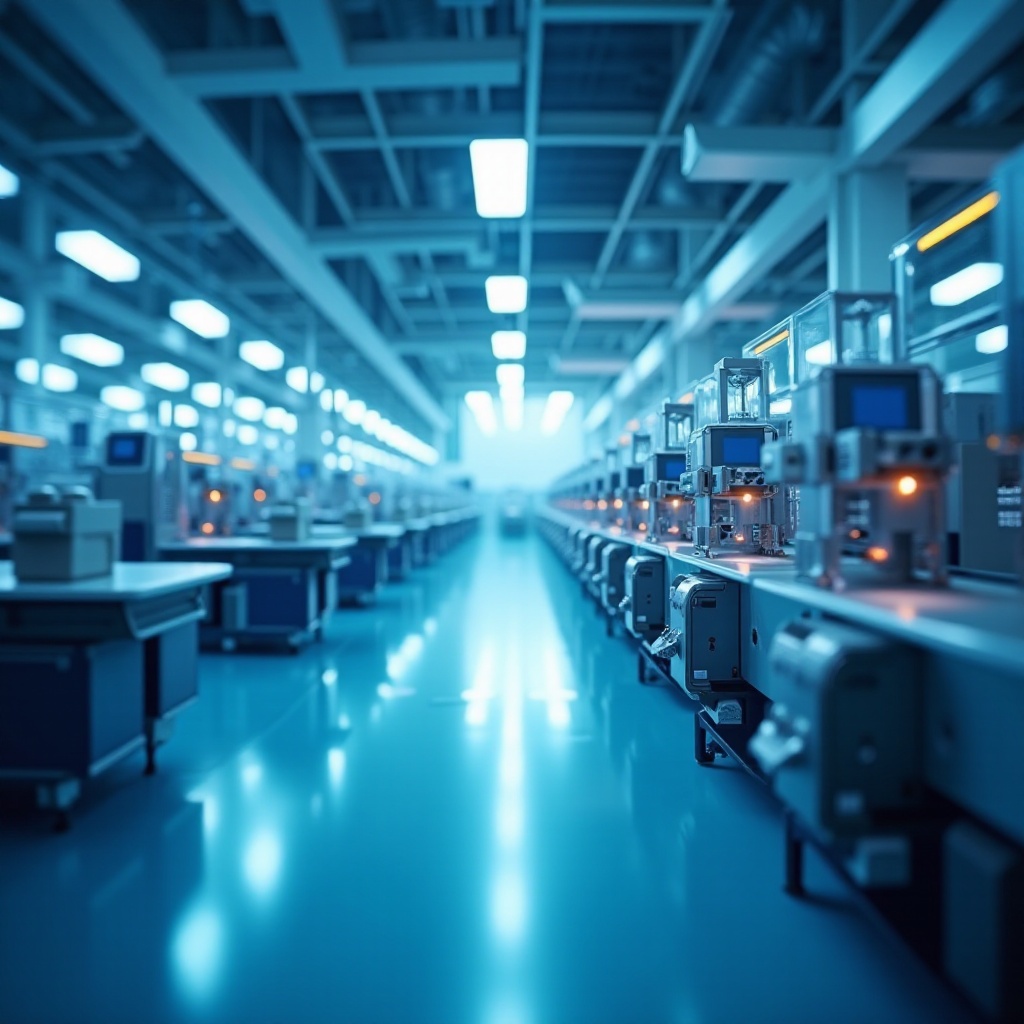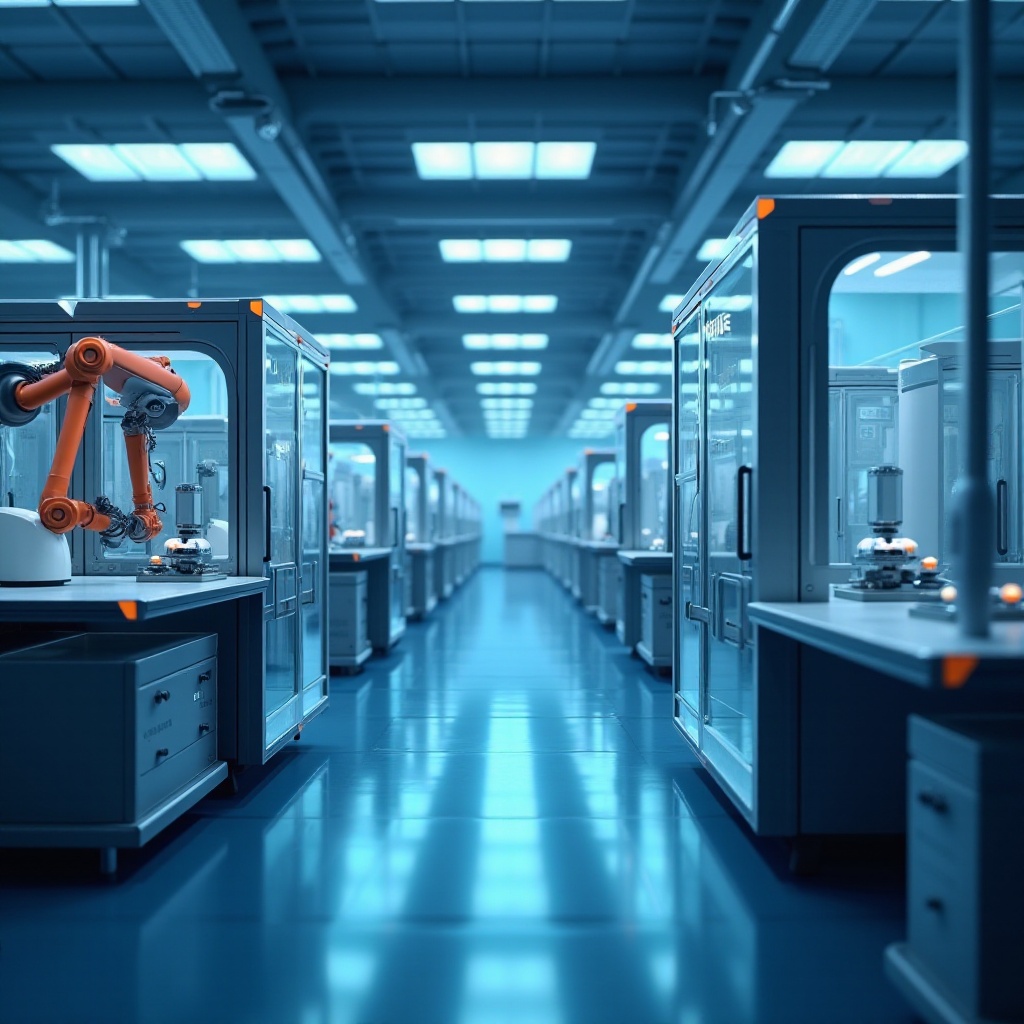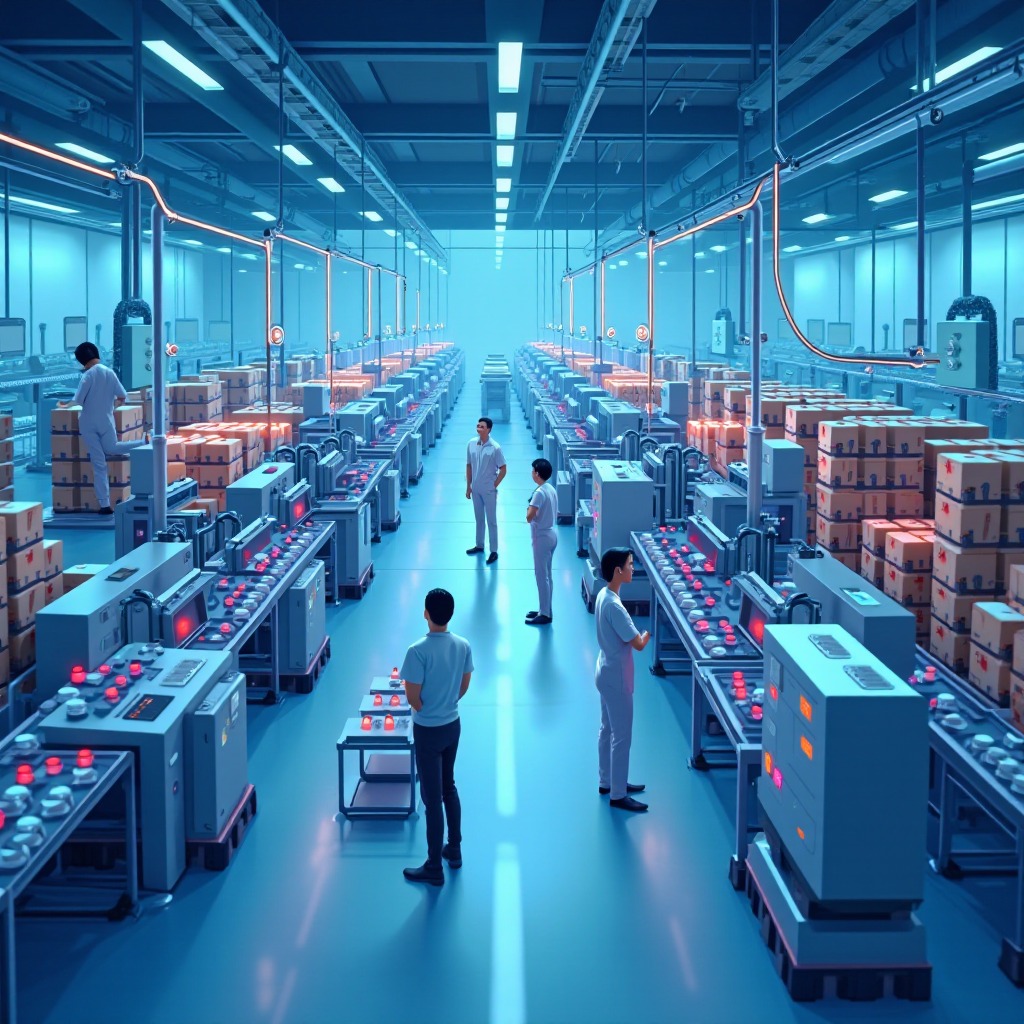The pharmaceutical manufacturing industry faces a critical juncture as it approaches 2025. With a variety of challenges on the horizon, companies must adapt strategically to maintain competitiveness and compliance in an evolving landscape.
Introduction
The pharmaceutical industry is undergoing significant changes, driven by technological shifts, regulatory updates, and global market pressures. As we approach 2025, these challenges will increase in complexity, requiring proactive adaptation from manufacturers to balance growth and operational effectiveness.

Current Trends Shaping Pharmaceutical Manufacturing
The demand for personalized medicine is transforming traditional manufacturing approaches. Companies are shifting towards more adaptable production methods to accommodate customized treatments. Alongside this trend, digital transformation is revolutionizing how data is utilized, enabling more efficient and precise manufacturing processes.
Sustainability is another priority, as both regulatory bodies and consumers push for greener practices. From waste reduction to energy efficiency, manufacturers are aligning their operations with sustainable goals, inherently affecting packaging, logistics, and the entire supply chain framework.
Transitioning from trends, we delve into the regulatory landscape that is set to evolve significantly by 2025.
Regulatory Challenges and Compliance Requirements for 2025
Regulatory expectations are intensifying, with 2025 set to usher in more stringent compliance standards focused on safety and transparency. Companies will need to update their Quality Management Systems (QMS) and increase transparency across production processes to meet these new requirements.
Investing in compliance technologies, such as blockchain for traceability, can facilitate adherence to regulatory expectations. These technologies offer a tamper-proof production record, aiding companies in maintaining compliance with both current and future standards.
Following compliance strategies, we turn to technological advancements that can support these efforts.
Technological Advances and Their Impact on Manufacturing
Emerging technologies are poised to reshape pharmaceutical manufacturing, providing critical solutions to existing challenges. Automation and AI, in particular, are playing a transformative role in optimizing production lines.
Automation and AI Integration
Automation and AI are being deployed to enhance production efficiency and reduce error rates. These technologies offer precise control over processes and predictive capabilities that preempt equipment failures, minimizing operational downtime.
Innovations in Manufacturing Processes
Innovations like continuous manufacturing and 3D printing are being adopted industry-wide. Continuous manufacturing streamlines production by eliminating batch processing, enhancing both efficiency and sustainability. Moreover, 3D printing allows for the creation of complex formulations that were previously unattainable.
Data Analytics and Quality Control
Data analytics is integral to quality control, enabling real-time monitoring of production data for swift anomaly detection. Predictive analytics can also facilitate demand forecasting, optimizing inventory and production scheduling.
Having explored technological impacts, we now move to the pressing issue of supply chain vulnerabilities.

Supply Chain Vulnerabilities and Mitigation Strategies
Pharmaceutical supply chains are intrinsically complex and susceptible to disruptions. Addressing these vulnerabilities is crucial for sustained business operations heading into 2025. Risks range from geopolitical tensions to unforeseen global events, underscoring the need for resilient supply chains.
Global Supply Chain Disruptions and Solutions
To ensure supply chain resilience, manufacturers are diversifying suppliers and leveraging technology for enhanced real-time visibility. Advanced analytics and tracking systems allow for timely responses to disruptions, maintaining the flow of goods.
Sustainability and Environmental Considerations
Sustainability is vital within supply chain management. There’s a shift towards eco-friendly practices, focusing on recyclable materials and reduced energy use. These endeavors improve environmental outcomes while also meeting regulatory and consumer expectations.
As we consider supply chain strategies, it’s important to reflect on the future outlook for the industry as a whole.

Future Outlook and Industry Adaptation
Looking towards 2025, the pharmaceutical manufacturing industry must embrace change and adopt innovative technologies, resilient compliance measures, and sustainable practices to thrive. A collaborative approach involving partnerships with technology providers and regulatory entities will be essential in navigating the coming changes.
By emphasizing agility and innovation, manufacturers can confidently tackle both existing and forthcoming challenges, ensuring ongoing competitiveness and growth.
Conclusion
The pharmaceutical manufacturing landscape in 2025 will present both challenges and opportunities. By leveraging technological innovations, adhering to evolving regulations, and securing resilient supply chains, manufacturers can maintain their competitive edge and meet the demands of the future with confidence.
Frequently Asked Questions
What are the major regulatory changes expected in pharmaceutical manufacturing by 2025?
The major regulatory changes by 2025 include enhanced safety, quality requirements, and digital traceability through technologies like blockchain.
How can technology help in overcoming manufacturing challenges in the pharmaceutical industry?
Technology aids in streamlining operations, reducing errors, and providing data insights for improved decision-making, such as with AI and machine learning.
What strategies can be employed to manage supply chain risks in the pharmaceutical industry?
Strategies include diversifying suppliers, adopting real-time tracking technologies, and practicing sustainable sourcing, alongside stakeholder collaboration for risk management.
